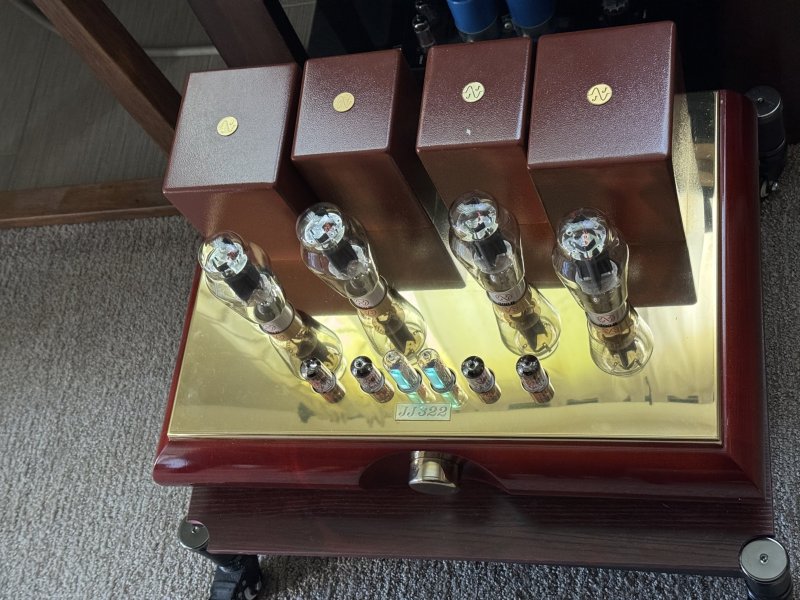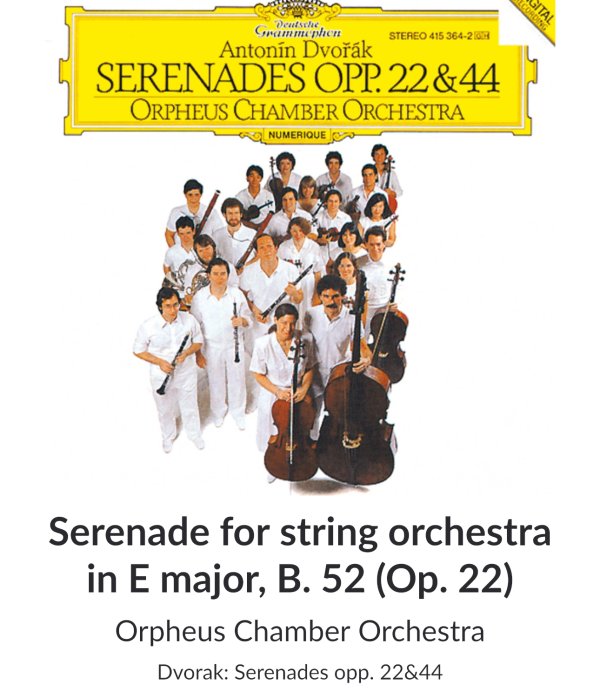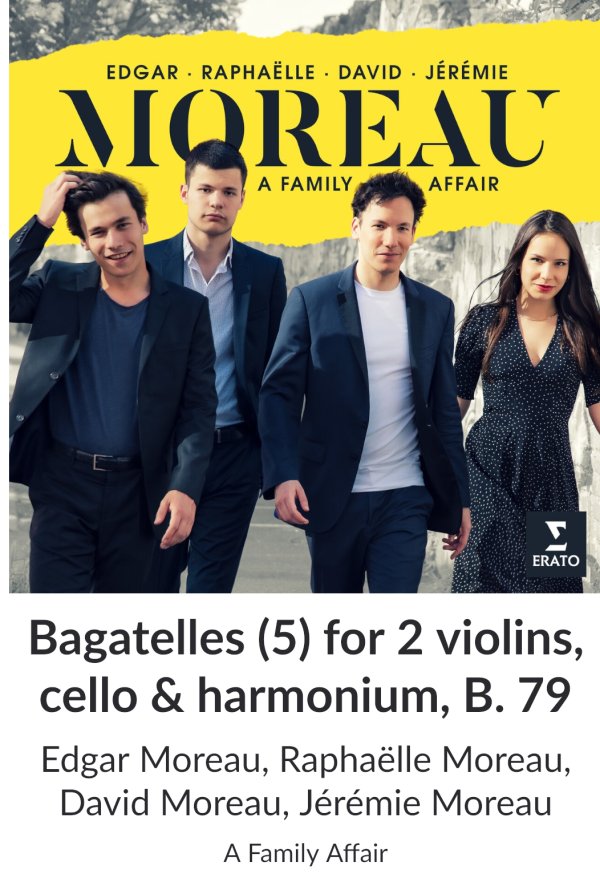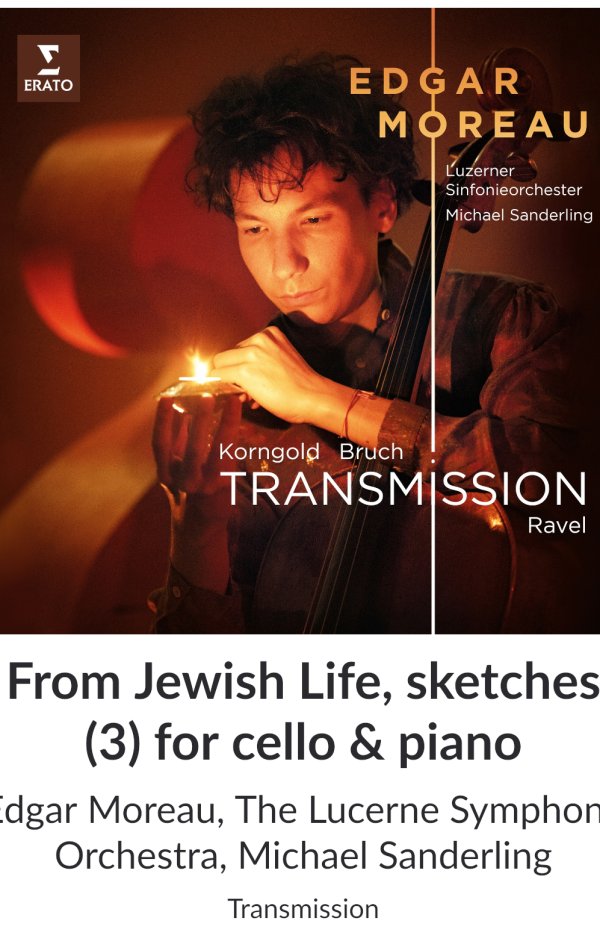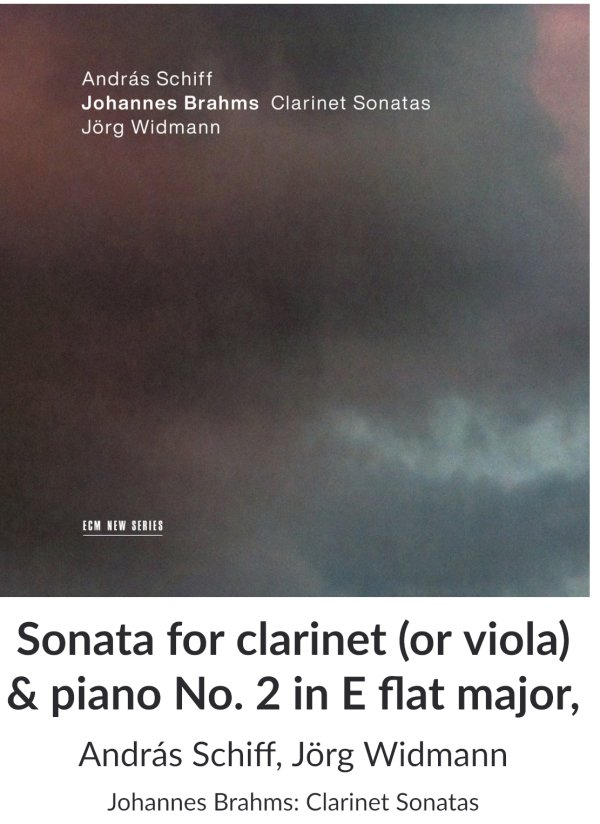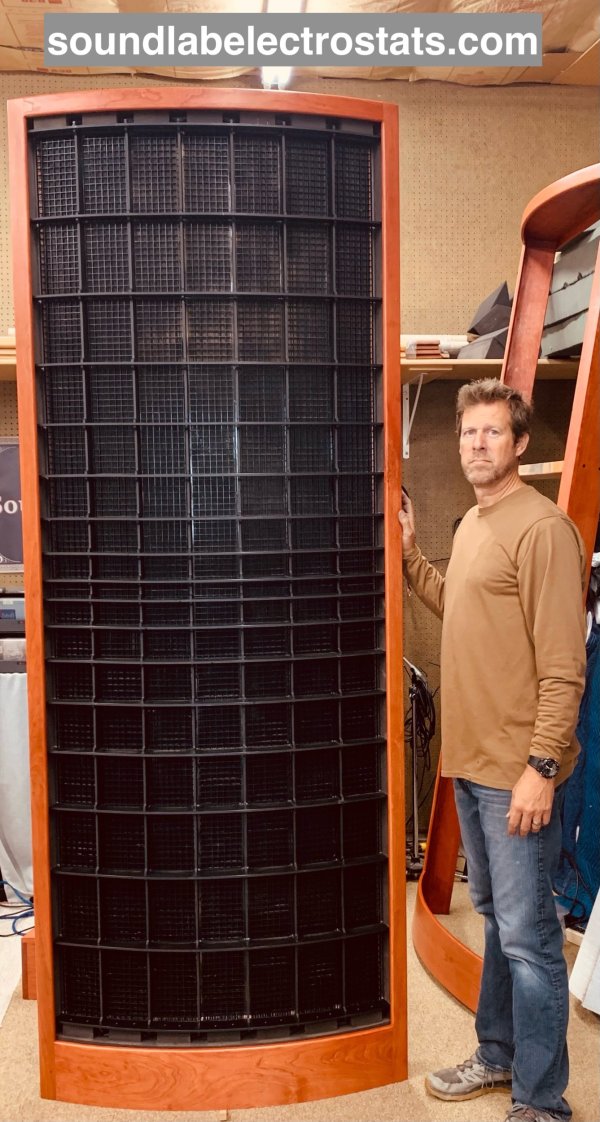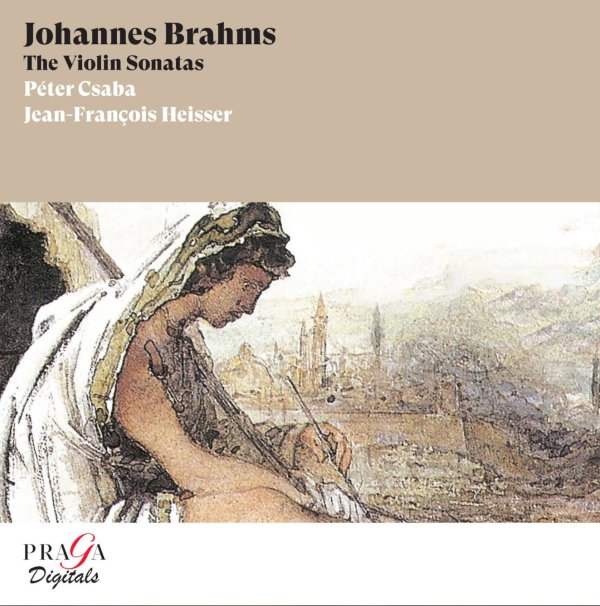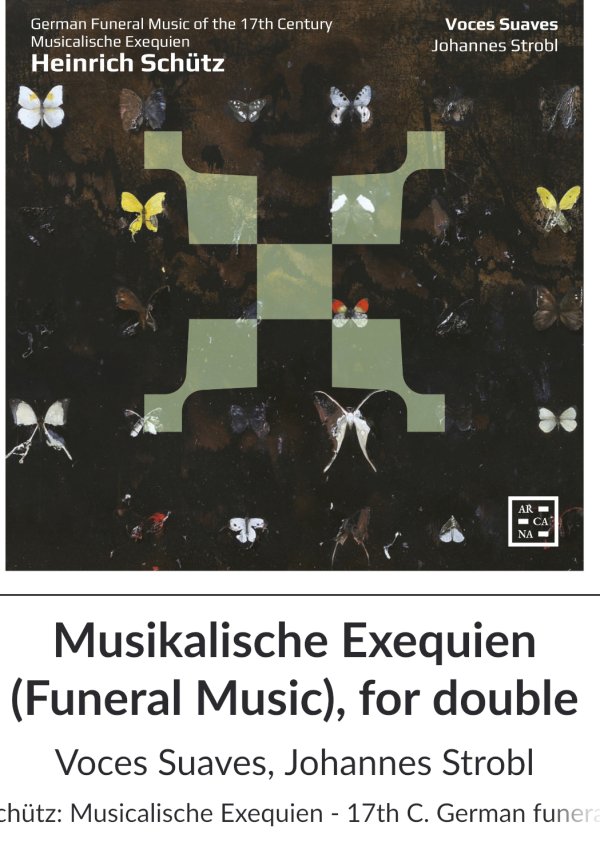Here’s my recommendation for a low- priced front end for my SL’s: a Eversolo DMP-A6 that gives you a Roon endpoint, a state of the art DAC and balanced preamplifier with the ability to take a 4 TB NVME drive to locally store music; and the cheapest solid state amplifier you can find that can swing enough voltage in the bass where the impedance is around 30-40 ohms. I have a D-Sonic that’s class D and is spec ‘ed at 1500 watts per channel. That is only around $1500 per channel. You might not need that much power. A 300 watt D-Sonic might suffice. I got a pair of Crown XLS 2100’s that cost $250 per amplifier! Pro amplifiers are dirt cheap compared to audiophile amplifiers. And they are incredibly rugged with a lot of protection to survive being thrown around. Crown amps are fan-cooled so you have to be careful not to get the larger wattage ones where the fans are too loud. Adcom amplifiers might work well. I owned a couple of their models 40 years ago!
The point to note is with streaming, front-ends are now dirt cheap and amplifiers are as well. Save the vast amount of your budget for the SL’s, which are indeed very expensive but worth every penny if you value a full-range electrostatic with low distortion.
Although I am not now following your recommendations, in the past I have definitely agreed with them!!
I began the journey down the audio rabbit hole beginning in my very early teens, by buying drivers and installing them in cardboard boxes trying to better the audio coming from my radio. Then, I could only afford free equipment brochures and as such, I could only afford to lust after equipment. But lust I did, I simply craved more accurate, better in-home reproduction!!
Several years later after college and a decent job, I was able to afford some of what I saw in those now decade old brochures.
Ironically, when shopping for my first system and long before SoundLab was created, I listened to a pair of JanSzen electrostatic speakers that literally sparked when they played loud and had little bass,
but BOY was that midrange to die for!! It was what I was seeking, but couldn't find! Decades later, I realized that Dr. Roger West of SoundLab, was involved with Jan
Szen in its early years. For me, that cinched it and I bought SoundLabs unheard! But I'm getting ahead of myself.
As I reached my 50's I had good audio equipment, but thought my glass is becoming less than half full, my hearing may be in jeopardy, why not go for all the gusto that I could afford.
Then, I had Martin Logan ESL's and an Aragon 4004 amp. After hearing Audio Research amplification on my Logan's, I recognized that music could sound more like the live music I was hearing at my son's band practices. Thus, I auditioned several amps, with a Levinson being my first truly high-end amp.
The moral: don't listen to what you can't afford (grin).
From there, I moved slowly forward, getting Apogee speakers and high end CDP's
(my first was a Meridian and it was a revelation and then a Wadia) and then getting back into spinning vinyl with a Galibier Quatro turntable, Tri-Planar tonearm & Dynavetor cart.
Even later, I also had 2-different Lampizator DAC's, a dCS DAC and now an EMM Labs DV2 DAC/preamp that is directly driving my Atma-sphere MA-1's. Fronting the DV2 DAC is EMM's NS1 streamer, which is proprietarily linked (& isolated so) to the DV2 DAC. A Roon ROCK NUC
(with 200k tracks) is located away from the audio room and is directly Ethernet connected to the NS1 streamer
With that said, the law of diminishing returns sets in once one goes beyond a certain cost/quality point. Prior to crossing that point I agree, great, superb sound can be had for
much less. But once one crosses the rubicon into the realm of the truly high end and the funds are available, there is no turning back and for me happily so.
Getting back to SoundLabs, from my beginning in this hobby, speaker selection was paramount. Putting ones money in speakers is important. Driving the speakers with quality material and good pre and amplification are important, but not the end all be all, if funding is critical.
So yes, Crown amplification and other amps that will drive the SoundLabs are recommended. In fact, from years ago, I recall that the SoundLab factory did use Crown.
I've heard of, but am not familar with your other "low cost" suggestions. But I imagine they would be either a good start, or an ending point for many, not so audiophoolish as I.
Chasing an ever improving goal can be the unecessary bane of this hobby. But we humans love the chase and once caught, we look to chase again. But that needn't be so, especially if we enjoy the music as is, which is what we should all be seeking.


















